By mastering just 3 key elements, you’re guaranteed to improve your photography and create more engaging content. In today’s visual world, this can be a game changer for your business. In fact, famous flower farmer, Erin Benzakein, has commented on numerous occasions that good photography has been one of the biggest keys to the success of their business. And she’s not talking about hiring a photographer, either. She’s talking about how she and her husband learned photography in order to better tell their story.
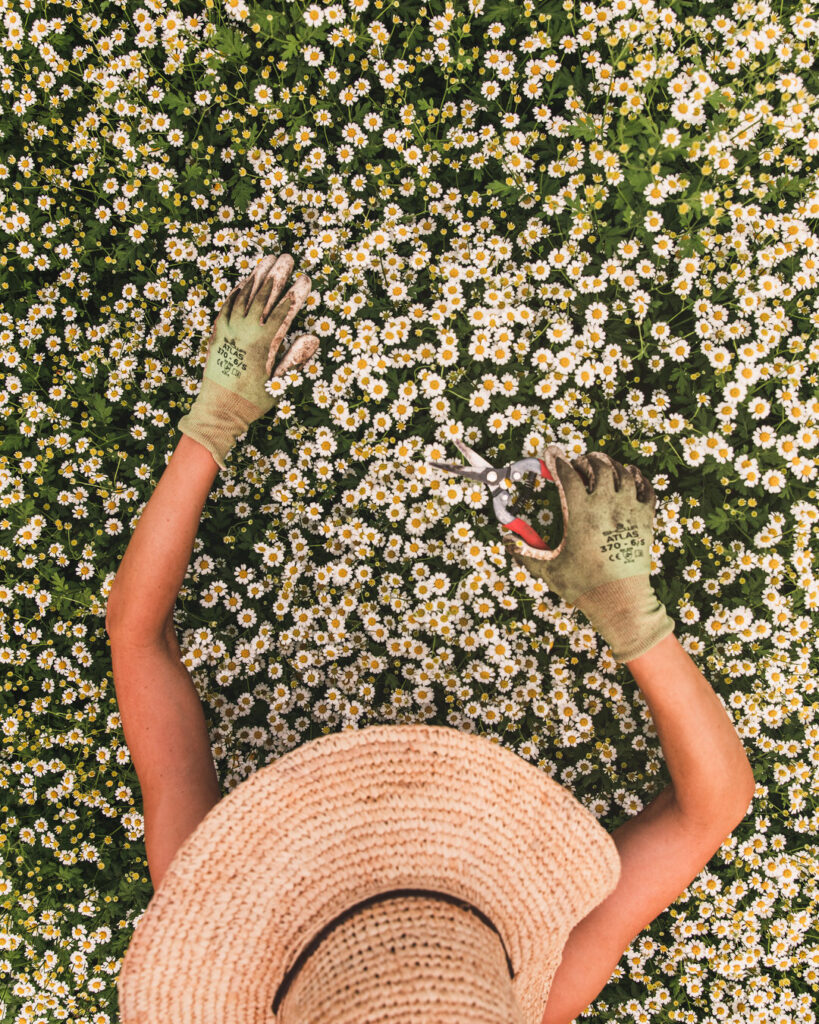
And they are not the only ones! I’ve recently seen other industry leaders upping their photography game and using high-quality DSLRs, like Marryn from The Farmhouse Flower Farm seen here. Photography is an investment, in both time and money, but improving it will improve your content. And in a world where content is king, creating more engaging content will up-level your business. In fact, I wrote an entire blog post that dives into why high-quality images matter here.
While investing in professional gear can certainly improve your photography, don’t let your camera (or lack thereof) stop you. In fact, I’m willing to bet most folks have one in their pocket that is more-than capable. That’s because good photos always have three key elements in common, regardless of gear. And good photographers can get great photos on *any* camera. Don’t believe me? Check out these photos and videos taken on an iPhone 12.
An expensive camera does not good photography make. Mastering these three things does: Subject, Light, and Composition. And they all work synergistically. Master these three elements and I can guarantee you will improve your photography on any camera.
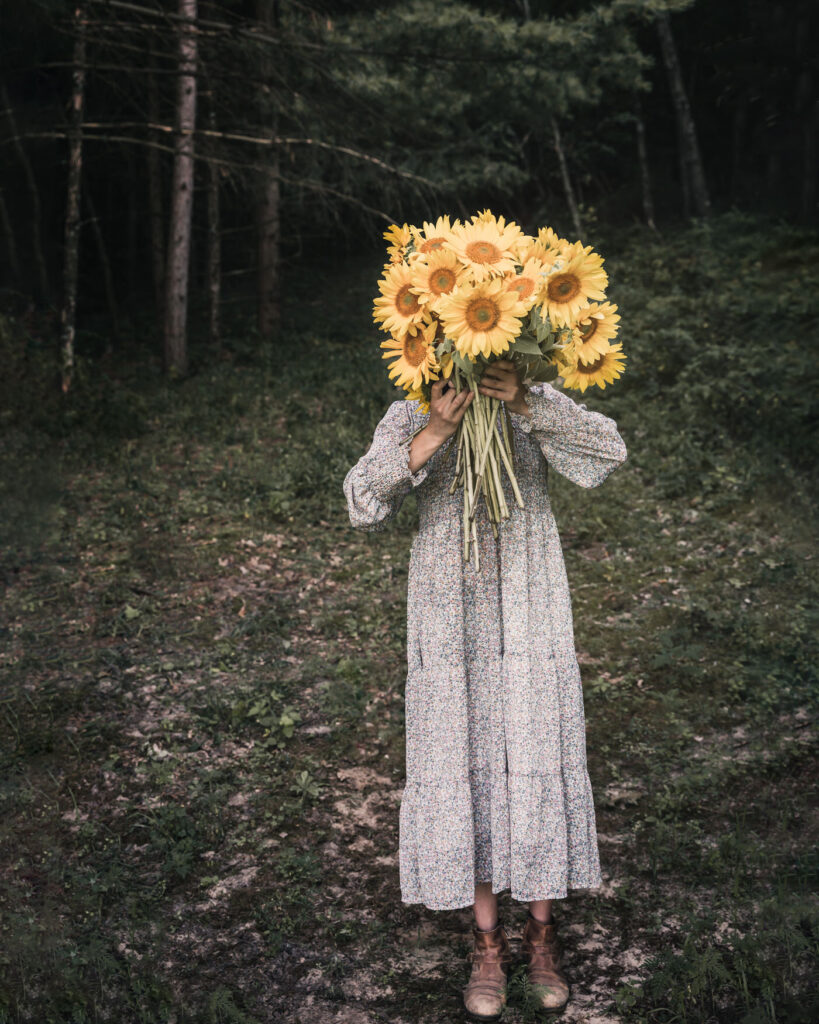
Improve Photography: Captivating Subject
A good photo requires a clear subject. According to a study conducted by Harvard, it only takes a fraction of a second for users to formulate an opinion on visual appeal. In order to engage your viewer, they need to understand what it is that you want them to see, and they need to understand it fast.
The more captivating your subject, the better, but that does not mean your subject cannot be simple or common. Talented photographers use the other two elements (and good editing) to make even the simplest subject captivating.
A captivating subject causes the viewer to linger. And that’s what we want for our business. We want to bring people in and hopefully they decide to stay a while. Capturing the attention of your viewer can convert them into a follow, sign up, fan, and/or paying customer.
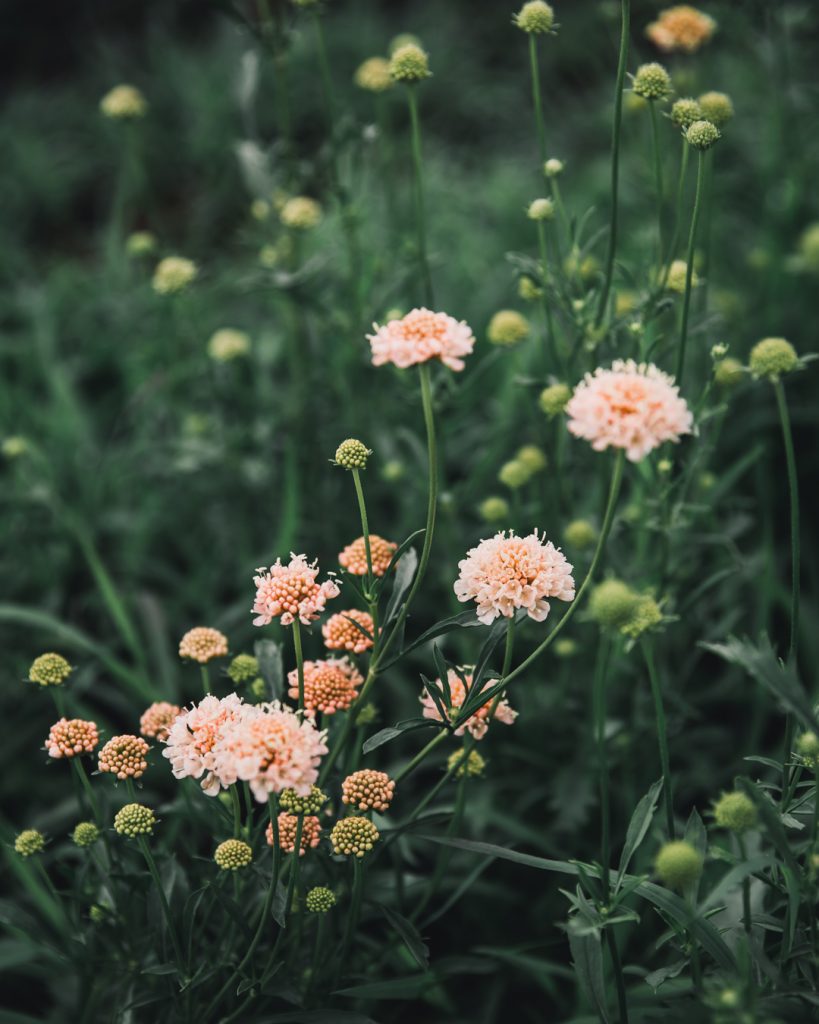
Improve Photography: Write a Story with the Light
Light is the cornerstone of photography. In fact, you could not have a photo without it. A photographic image is created by capturing various amounts of light reflected from the scene. No light, no photo.
While light is fundamentally required at the most basic level to create a photo, understanding light is how you master photography. Not only does light affect the quality, tone, and clarity of an image, it also creates emotion.
The word “photography” comes from the Greek words phōtós, meaning “light”, and graphé, meaning “drawing” or “writing”. So, quite literally, photography means drawing or writing with light. I just love that, because I think that’s what we’re doing with photos. Writing a story with light, and what do good stories do? Evoke emotion. Evoking emotion is how you engage your viewer.

Become A Student of the Light
The number one thing you can do to improve your photography is become a student of light. I cannot reiterate this enough. It sounds simple and I heard it for years before it finally clicked for me. You can have the most captivating subject, but if your light is not right, the image will fall flat, literally.
While there are many post-processing tools that can enhance your images, the most important component of photography is capturing the image right in camera first. It’s all about understanding the light and figuring out how to manipulate or capture the light in order to highlight your subject.
Certainly, high-quality cameras and lenses give you more options and better features, such as the ability to shoot in lower light conditions. However, if you don’t understand light in the first place, it will be difficult to consistently take quality images, even with the best camera.
The easiest way to learn this is to simply take pictures in various lighting conditions and study how the sensor on your camera captures the images. It’s never been easier to take a photo, so take a ton! Who cares if they are bad, you can delete them in a matter of seconds.
Favorite Lighting Conditions for Photography
There are numerous ways to manipulate light. Personally, I love natural, diffused, and directed light. What I mean by natural light is natural, outdoor sunlight. Artificial lights, like those indoors, can be harsh or cast unnatural hues.
By diffused, I mean light that is not harsh (like direct sunlight). When the light is diffused, there is less disparity between the highlights and shadows, meaning more details are visible in the image. While we want directional light to create more dramatic highlights and shadows, we don’t want them too harsh. To visualize this, think of a window with sheer curtains. The light is directional, highlighting whatever is close to the window, but the light is diffused by the curtains, creating less disparity. By both directing and diffusing the light, we achieve a happy, balanced medium.
My favorite outdoor, natural lighting conditions are just after it rains (when the clouds are still diffusing the sun) and golden hour.
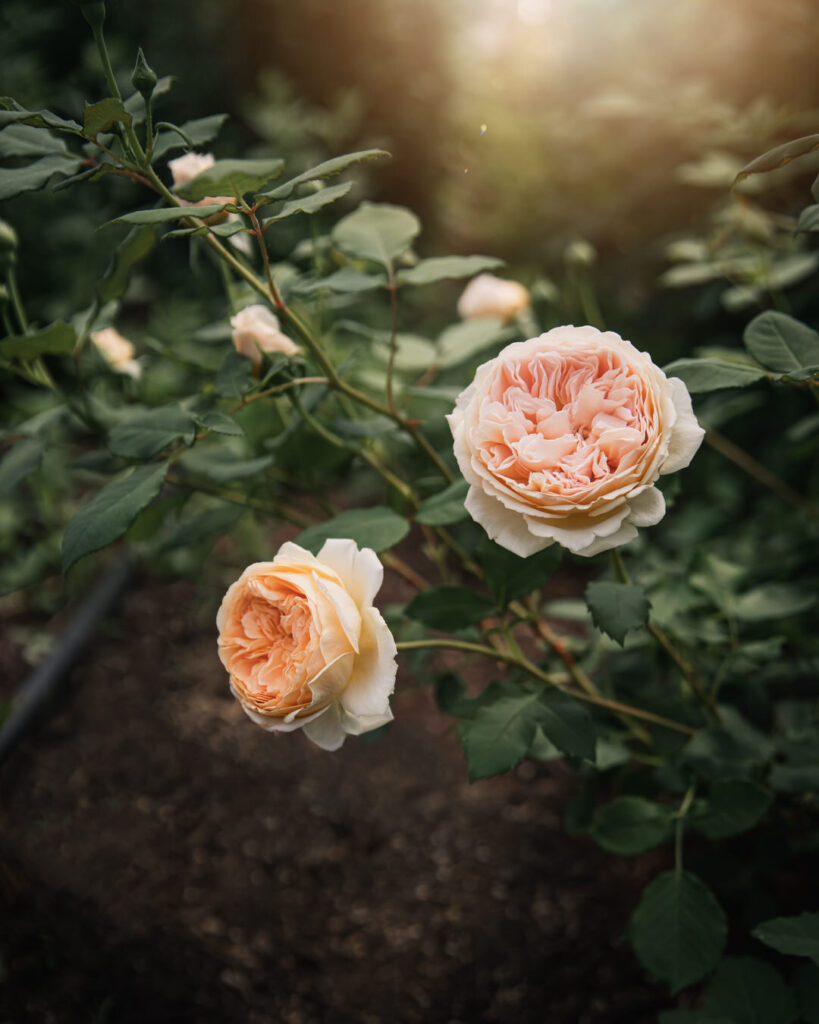
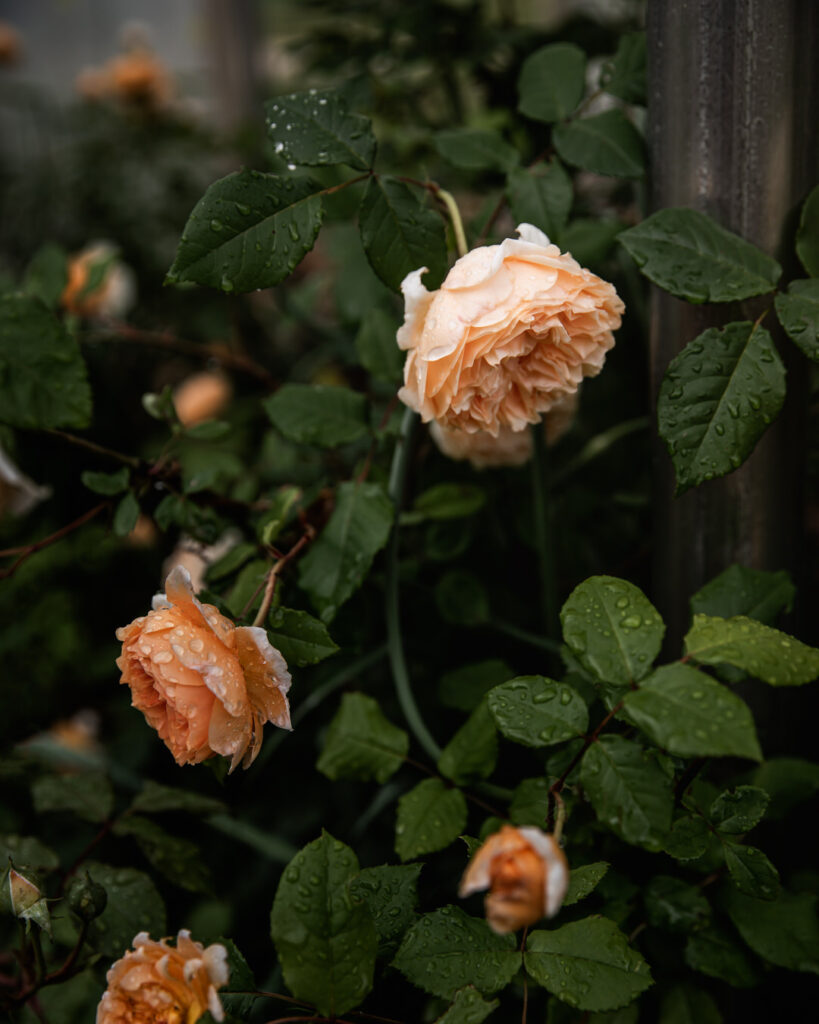
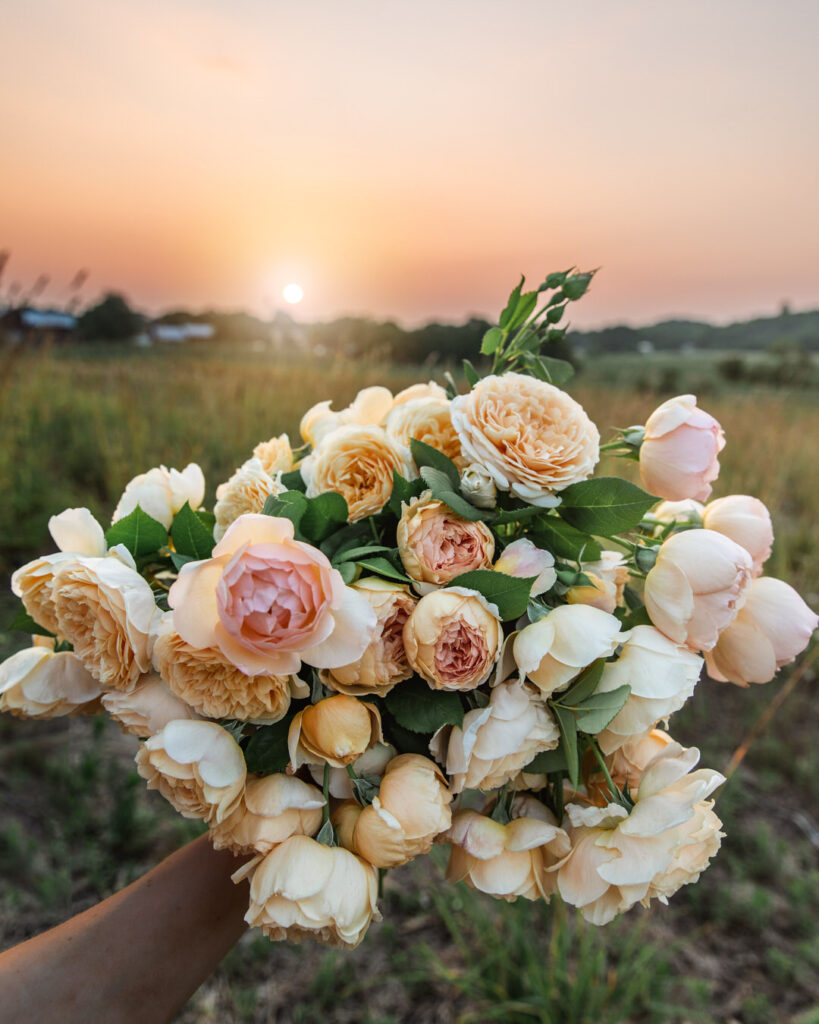
Improve Photography: Master Composition
The final element in improving photography is understanding composition. Quite simply, composition is how you arrange the elements in your frame. More complex, composition is how you draw attention to your subject and tell a story. Composition is the difference between taking a photo and making a photo.
There are numerous ways to compose an image. It can involve physically and intentionally placing objects in frame, shooting from different angles, and perspectives, and choosing complimentary elements and colors. These all help tell a story and are crucial in creating captivating images.
Composition: Rules
Study photos, art, design or any other visual medium. If something catches your eye, it’s likely because it is following composition rules and/or composed using color theory. While there really are no rules in photography, guidelines like color theory and composition “rules” can hep create visual impact.
There are many composition rules, but below are two examples (Left: Golden Spiral; Right: Rule of Thirds). By placing elements along the lines or at the intersections, it helps create balance.
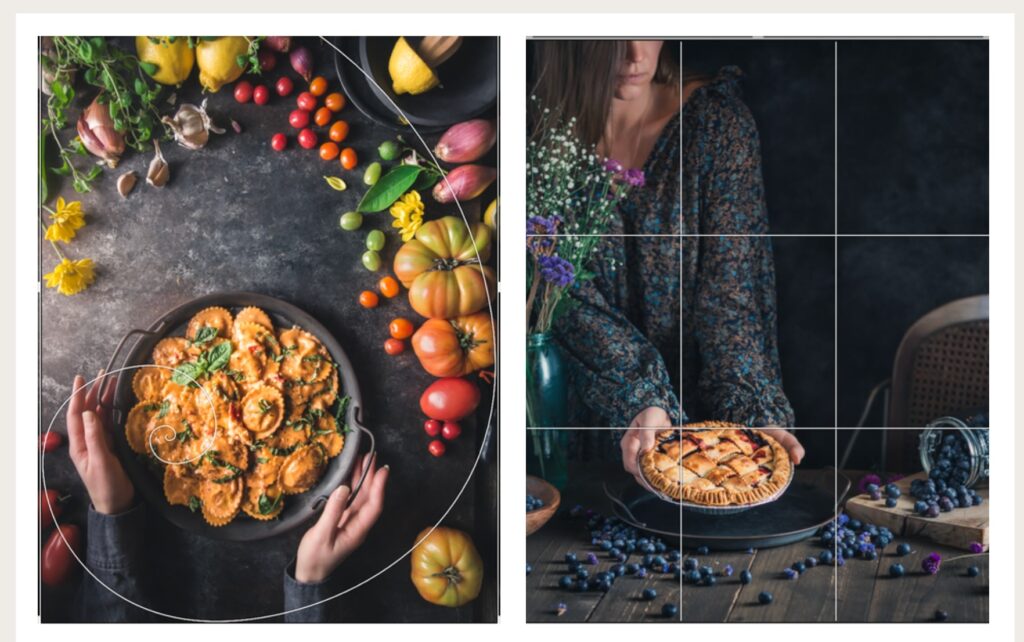
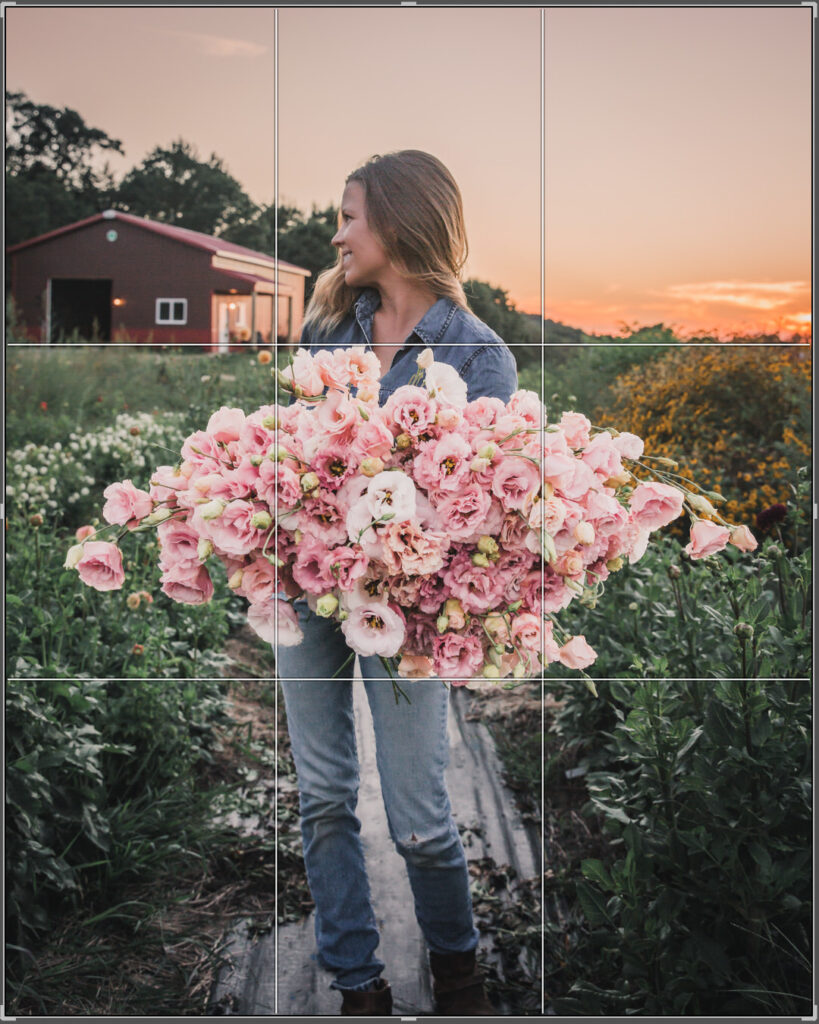
Composition: Color Theory
Understanding color theory is just as important in photography as it is in floral design. Purposeful use of color in your composition can draw attention to your subject and create harmony. Using complementary colors (those opposite on the color wheel) can create contrast in your image and make things pop. On other hand, analogous colors, which are adjacent to or near each other on the color wheel, can create a calming affect.
Look at the below photos to see both in action (both of tomatoes). The photo on the left uses complementary colors, which really makes the tomatoes pop! While the photo on the right uses analogous colors, which has more of a calming affect. The prop choices, down to the sweater, were intentional.
And then look at the overhead photo of feverfew, which is combining all of these colors. The analogous colors create a calming affect, but the red, which is complimentary to green, really pops (and red snips are basically ubiquitous in the flower farming world, adding a sense of familiarity).
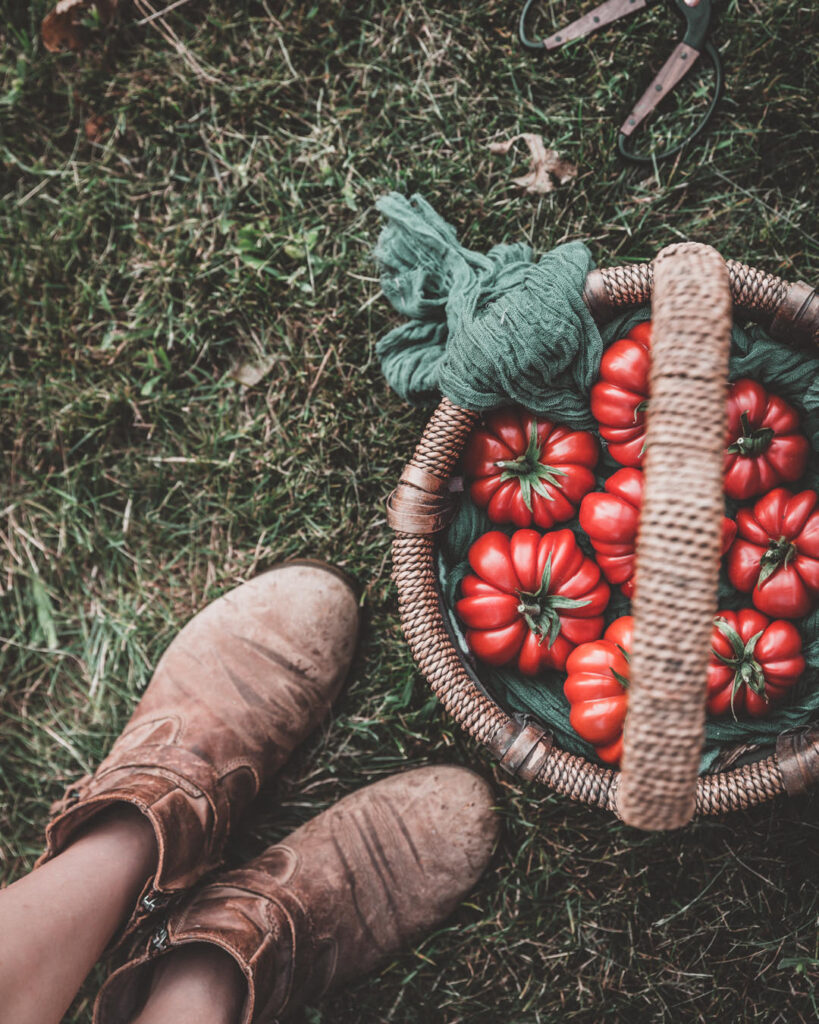
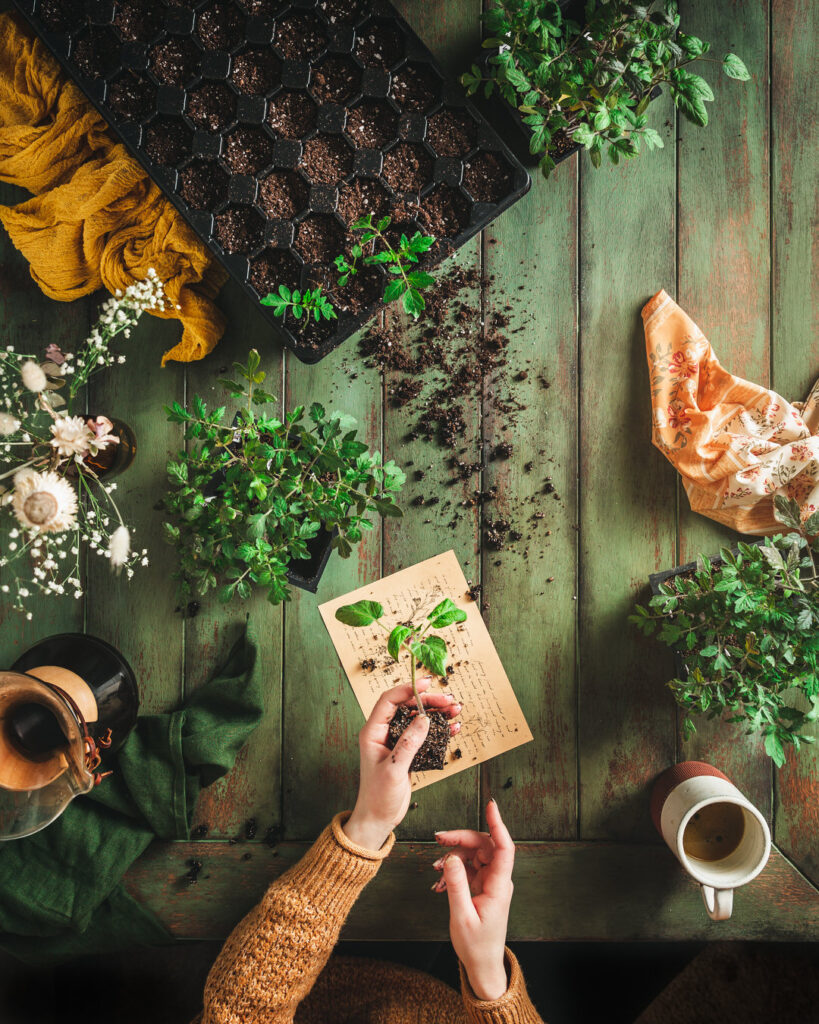

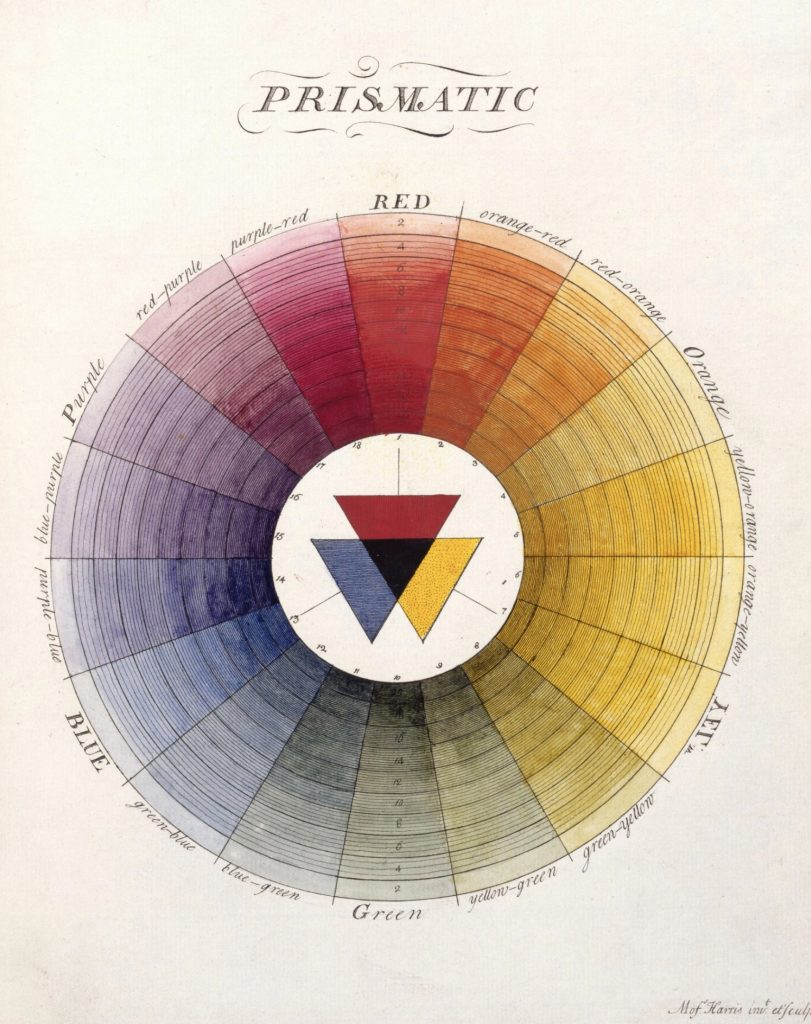
Composition: Story
Finally, choosing what you include in your composition can have a major impact on emotion, story, and branding. When you capture an image how can you create more emotional connection? Can you add a small prop or detail that tells a story? Could you take the photo from an unexpected perspective or a view that makes them feel like they are there? Can you include elements that create familiarity with your audience?
Look at the below photos. The subjects are different but there are many “familiar” elements. How many can you spot?
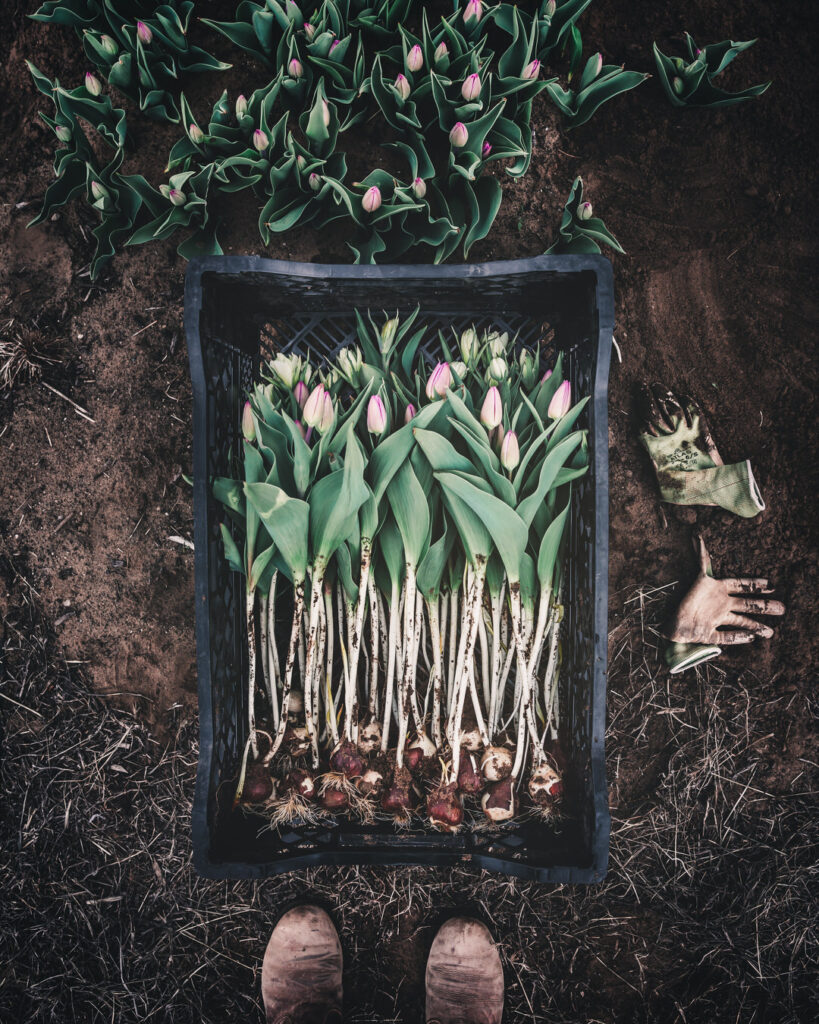
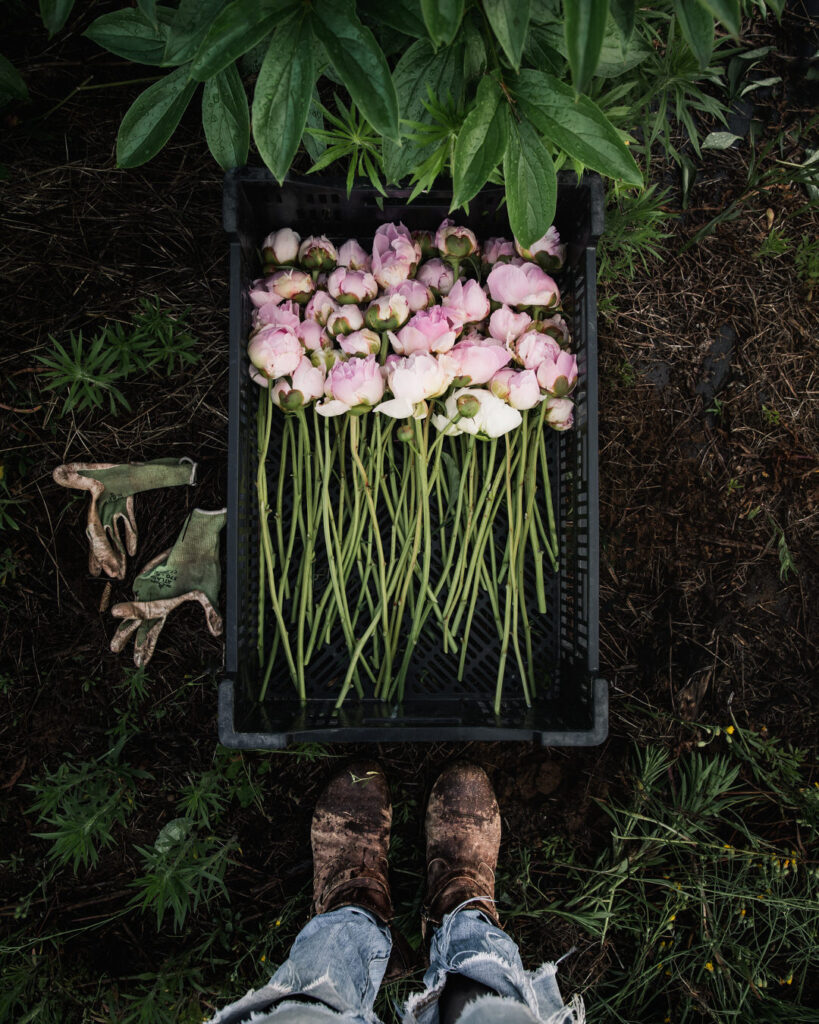
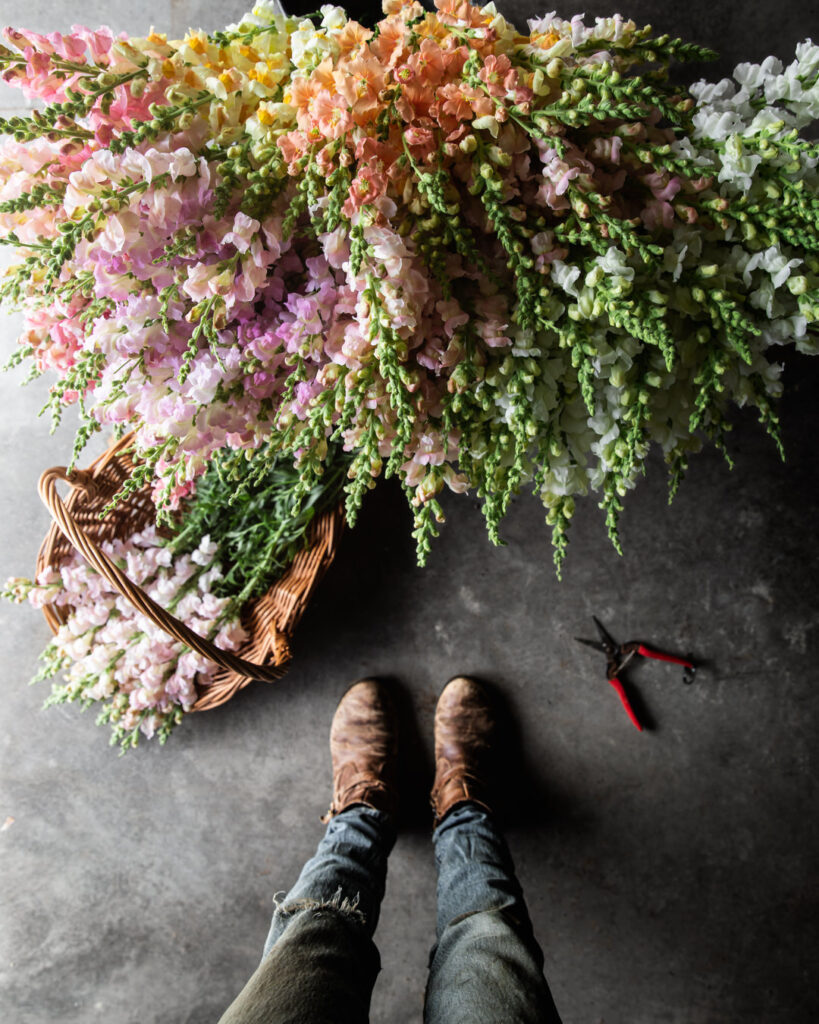
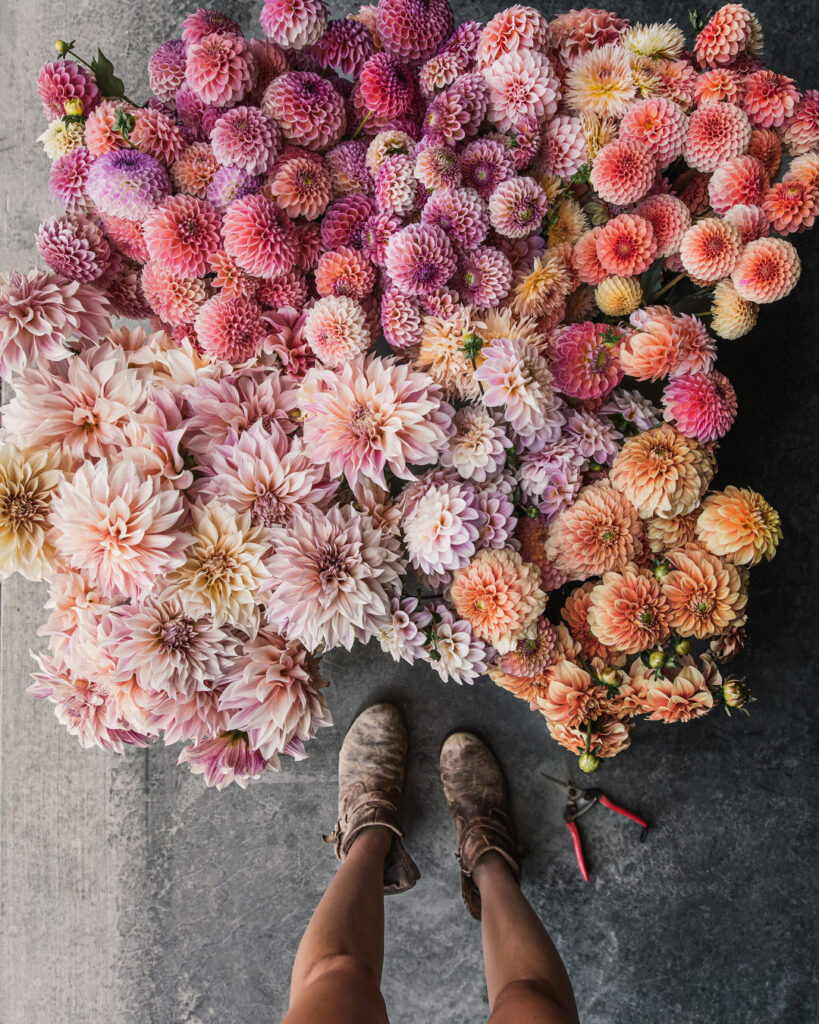
Answer: Old leather boots (these are my favorite boots, but they’ve also become a part of our “brand”), red snips, Atlas gloves, crates, flowers in buckets, ripped jeans, bird’s eye view, even the backdrops of dirt/crops/weeds (ha), or the concrete floor in our pole barn. These are all elements that are repetitive, tell a story, provide a unique perspective, create consistency and brand awareness, etc.
Good branding is all about consistency. One of the best compliments I can receive is when someone tells me that when they see my images, they instantly know they are mine. UGH, it feels SO good!
Conclusion
What do you think? Can you see how these 3 key elements can improve your photography? Focus on one at a time, but remember that they work together synergistically. A captivating subject can make up for less-than ideal skills, but magical light and composition can stop anyone in their tracks even with the most-mundane subject. If you try any of these “rules” or techniques out, tag me, I’d love to see your work 🙂
Your photography is what drew me to you! I have your presets and I absolutely LOVE THEM.
Awe, that means so much to me, Lauren, thank you!! I’d love to see your photos sometime. Send me your handle or tag me on the gram sometime if you want 🙂